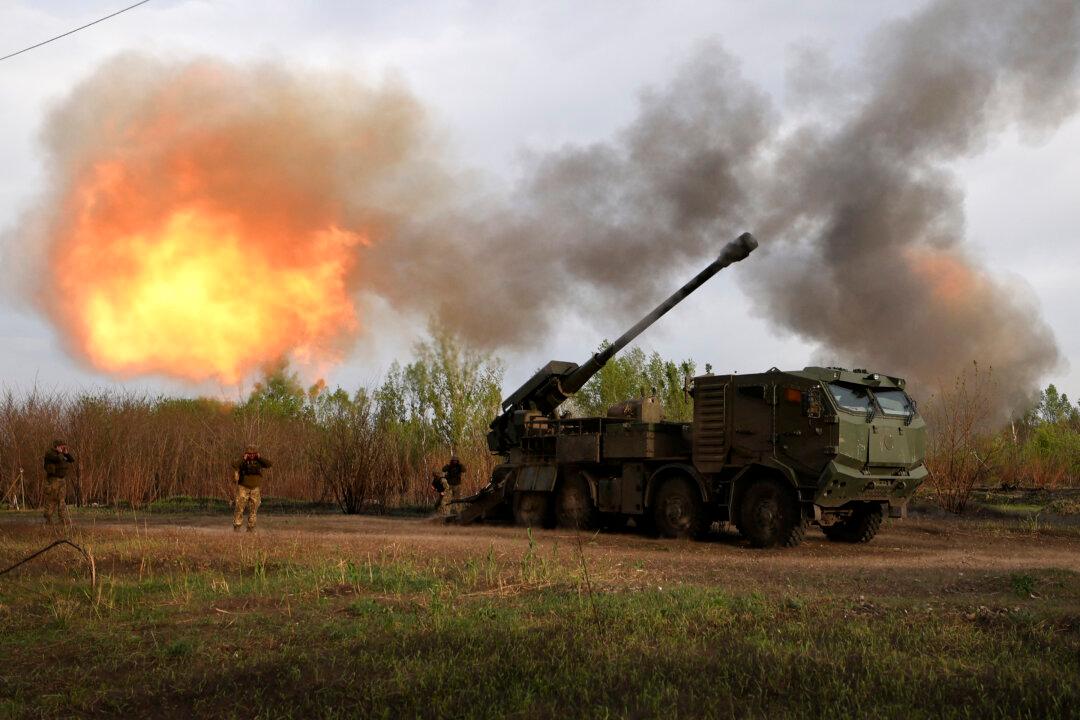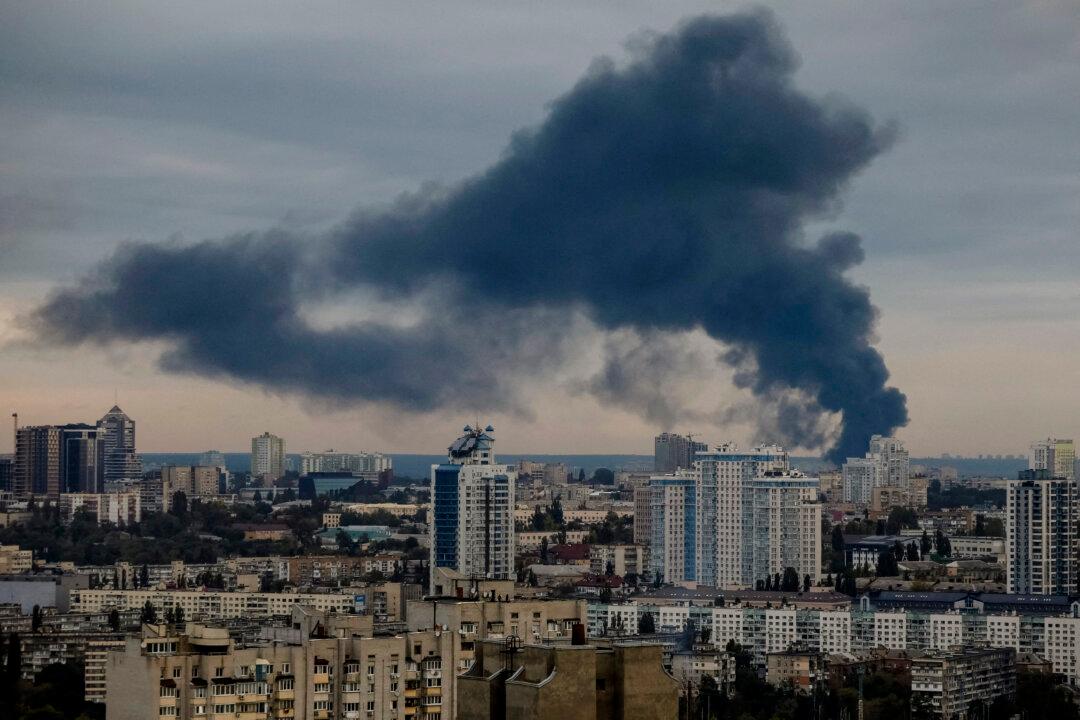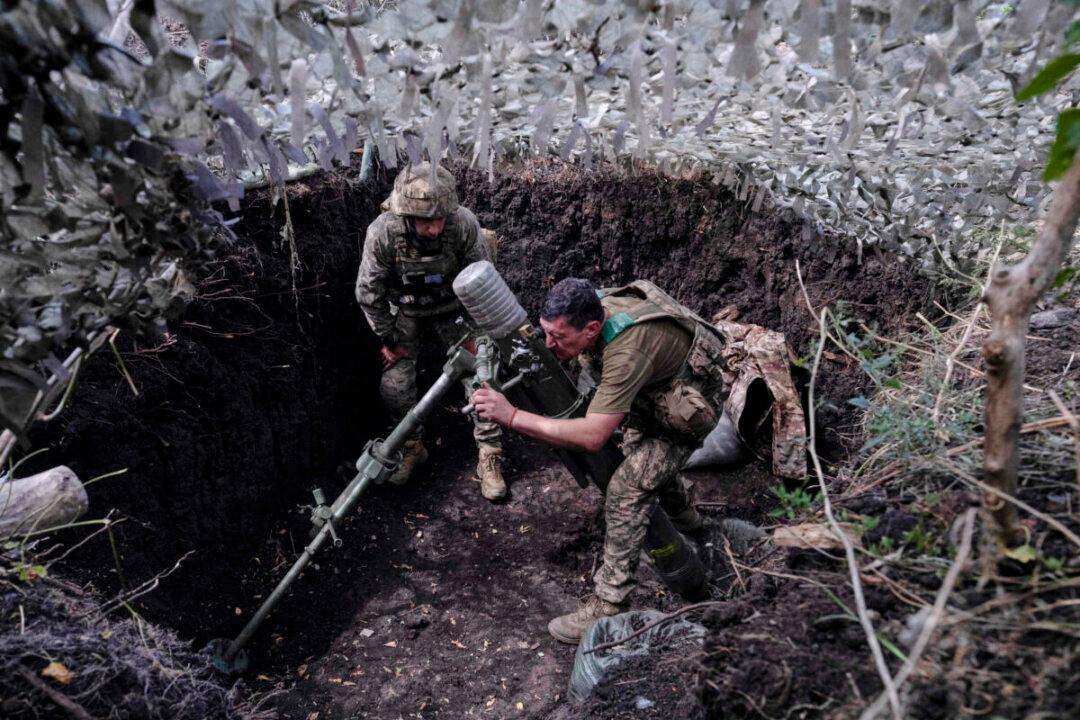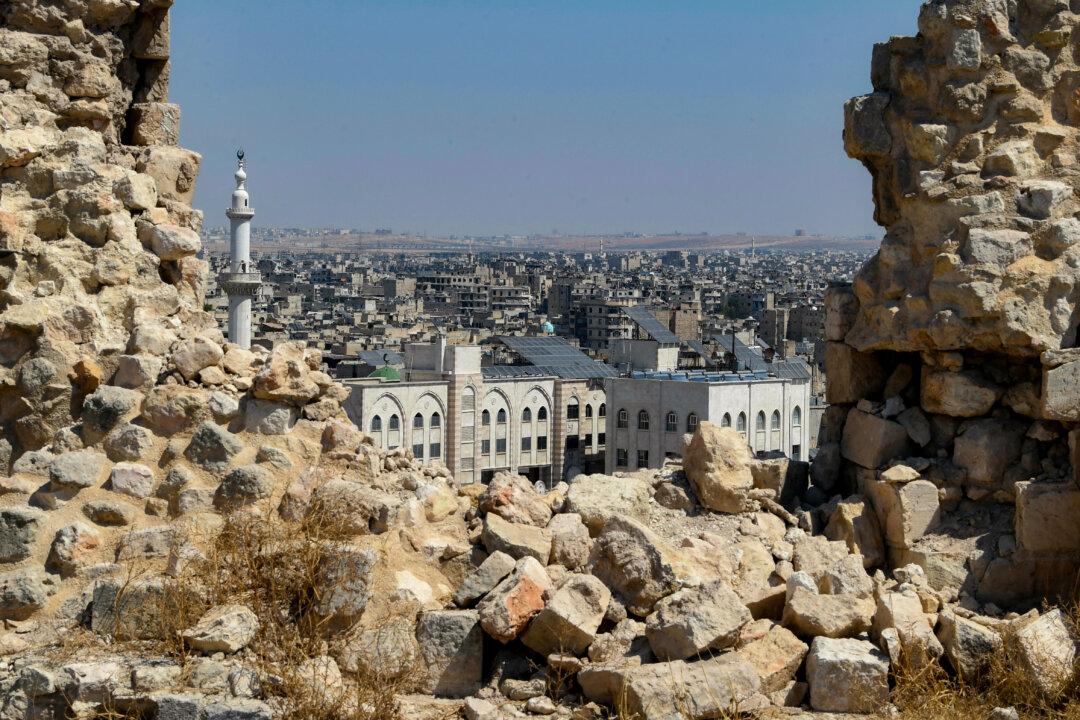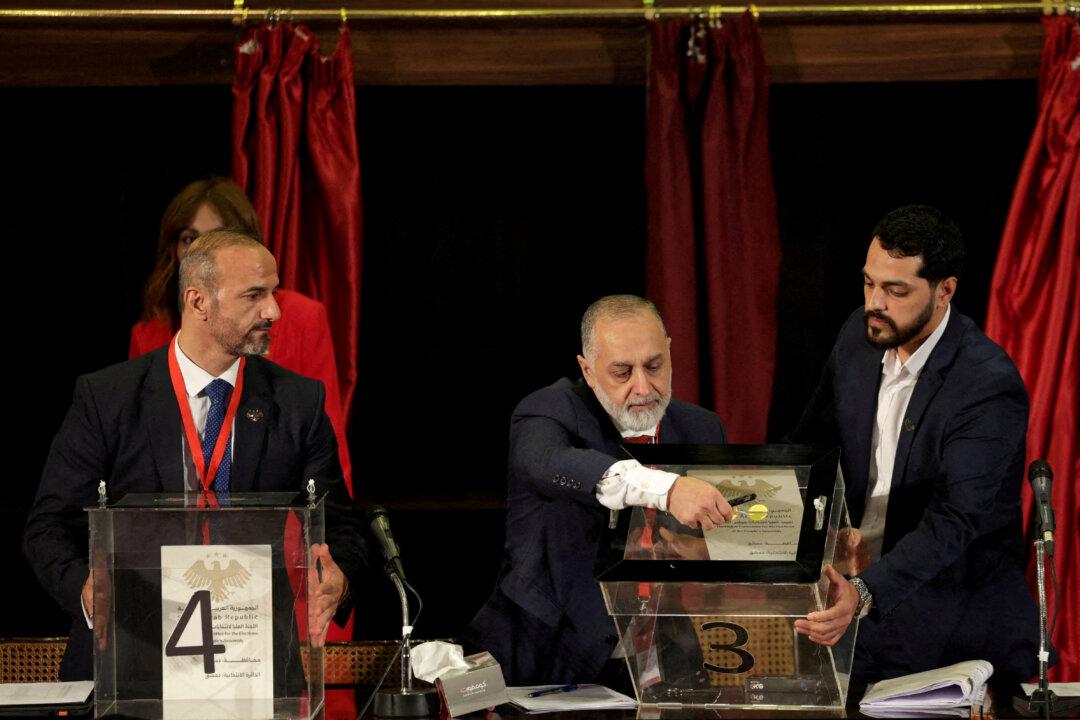Russian authorities have declared a federal state of emergency in the western Belgorod region amid a continuing Ukrainian cross-border offensive in the neighboring region of Kursk.
“I propose designating the emergency situation in the Belgorod region as a federal emergency and launching a response at the federal level,” Alexander Kurenkov, Russia’s emergencies minister, said at a meeting on Aug. 15, according to Russian news agency TASS.
